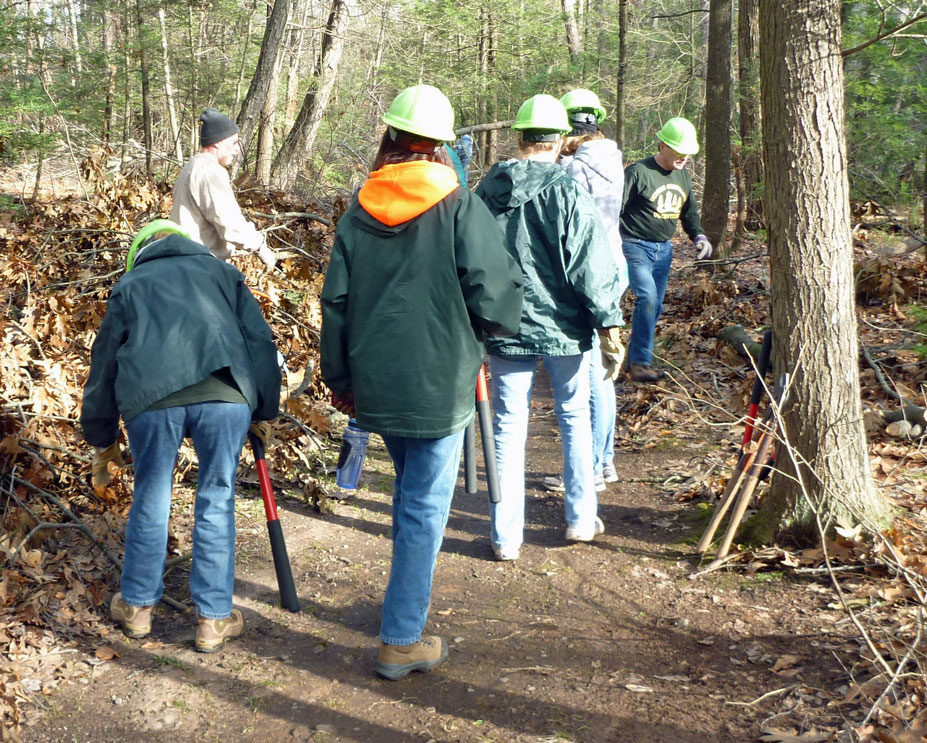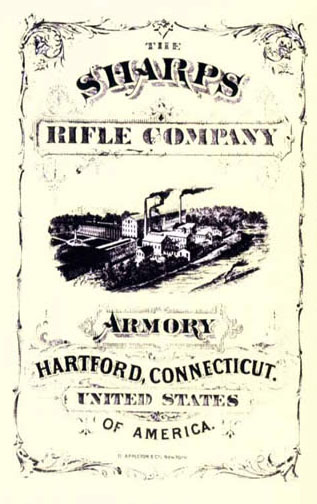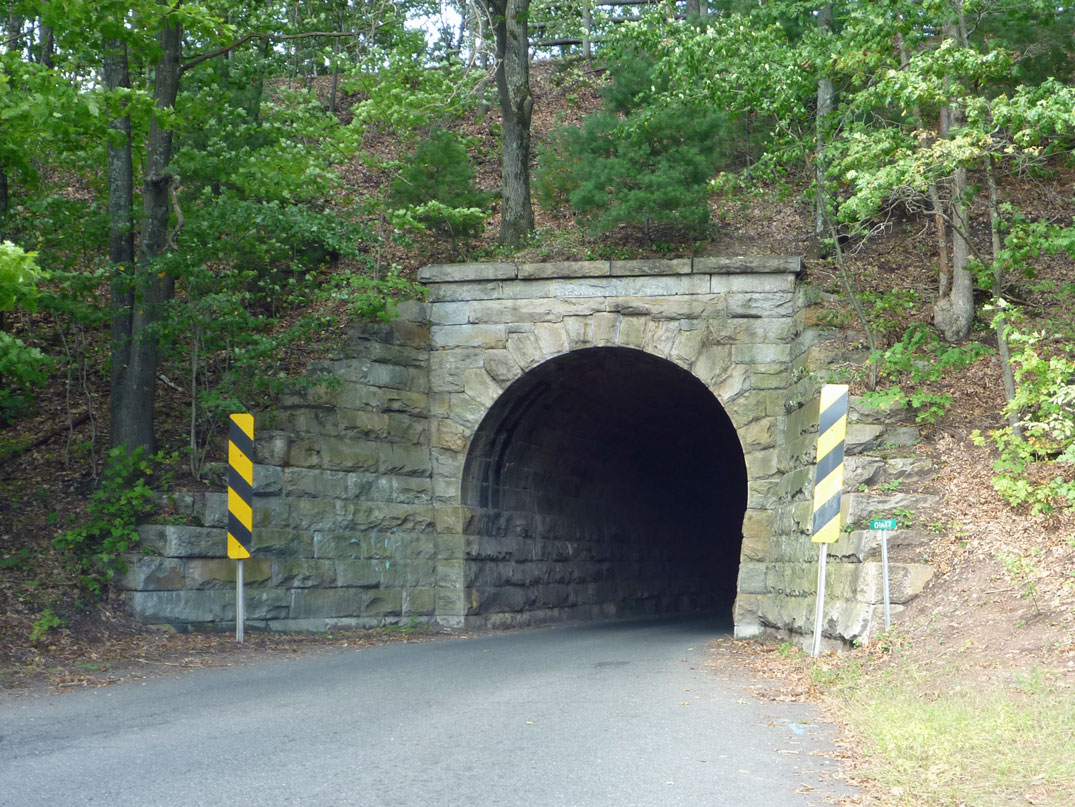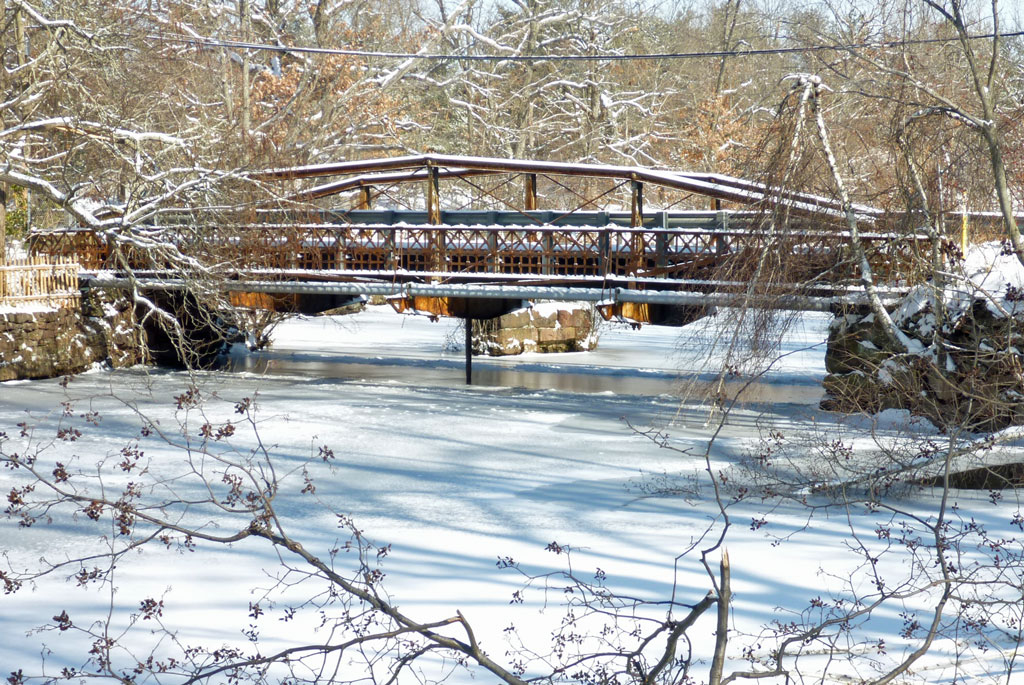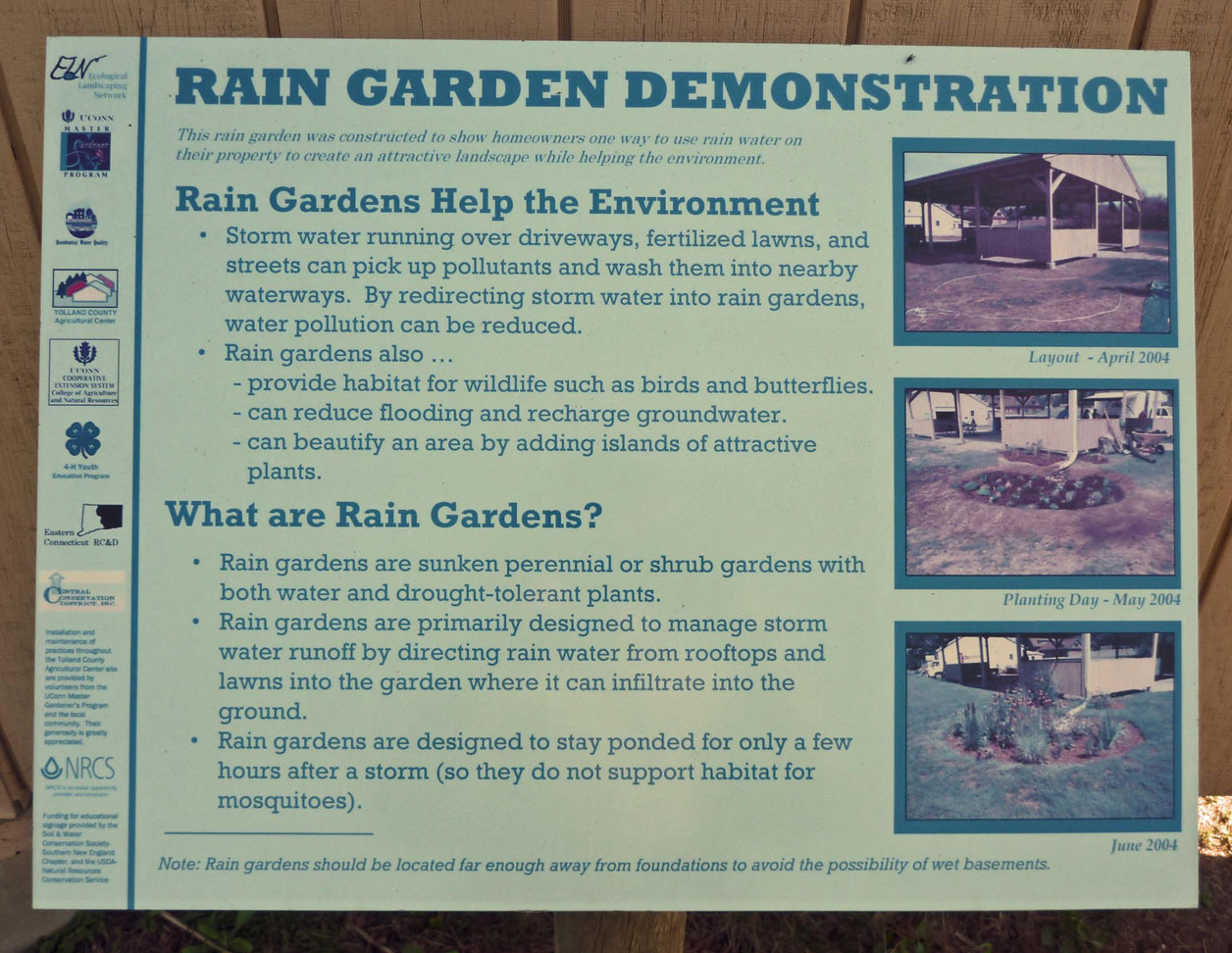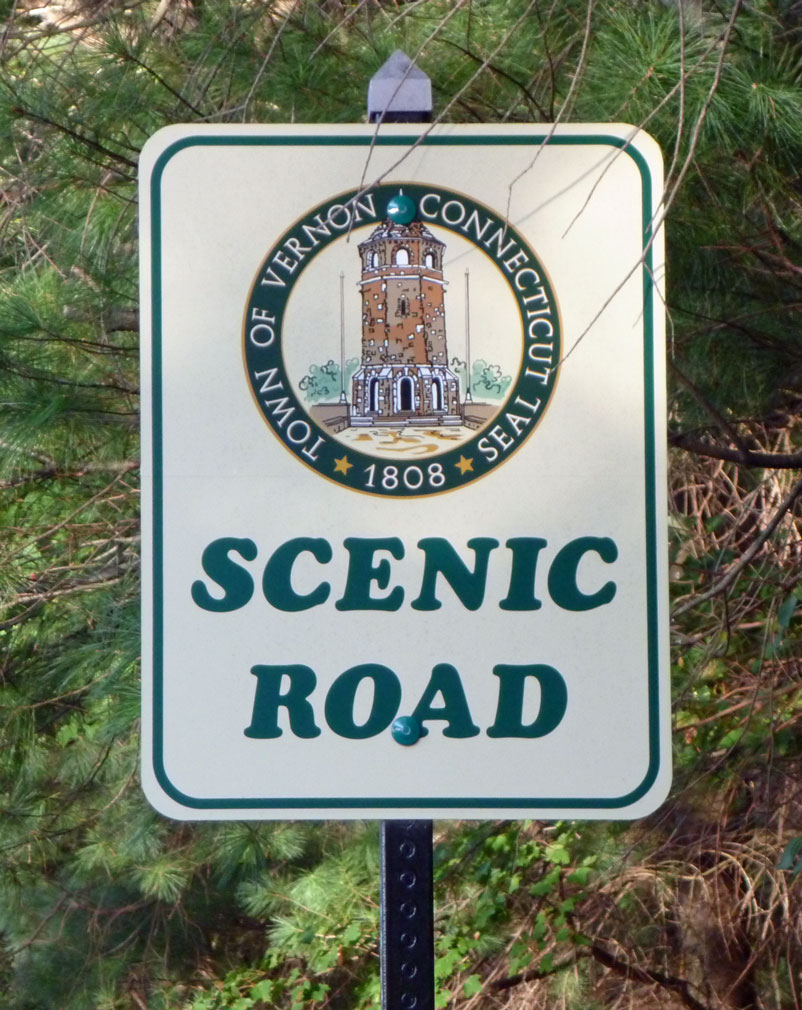
|
| Home | Geography | History | Biology | Recreation | News | Resources |
| News Items | Previous Newsletter | Next Newsletter |
| 2012 - Issue 1 |
A New Season DawnsAfter the worst of weather in 2011 we have the mildest of winters this year. It all seems to average out. It has been nice to get out on the trails all winter and an early spring is always welcome. Like the bears we hibernated over the winter but are ready to hopefully engage, educate and inspire you again. Activities are starting to appear on our Calendar and we have available enough material for several newsletters. We won't soon forget the Halloween snow storm and the devastation it caused. Limbs and trees covered the trails as well as our roads, driveways and yards. As inconvenient as they are they also bring out the best in people as neighbor helped neighbor, the town shelters helped those without and once the worst had cleared the volunteers came out to clear our trails. Town crews did an outstanding job and are still chipping brush. Special thanks to DON BELLINGHAM and his Vernon Greenways Volunteers. They normally get a reprieve in the cold months but worked weekly through November and December. The group also now has a Facebook Page where you can follow their activities in addition to their webpage. Don is very good about taking and posting photos of their work efforts. Save the date of Monday, April 30 for the Vernon Greenways Volunteers annual kickoff meeting; this year with guest speaker and State Archeologist NICK BELLANTONI. And consider giving some time to a wonderful group and discovering trails you didn't know existed. In this issue of the newsletter we give you a bit of history on the Sharp's Trout Farm at Valley Falls, two historic bridges, describe the Low Impact Development study underway, where to fish in the Valley and the return of the Talcottville Historic District website. Click on the pictures for larger images. Jon Roe » Go to The Tankerhoosen website.
History: Sharp's Trout Farm At Valley FallsChristian Sharps was best known as the inventor of the Sharps rifle, considered one of the finest carried by Union Soldiers during the Civil War. Towards the end of his life he came to Vernon and created a trout farm at Valley Falls. In 1870, at the age of 60, Sharps and his family moved to Vernon, where he continued working on firearms design and started a large trout farming business as the demand for large production runs of rifles had diminished by this time. The profits from trout farming in the late 1800s were potentially staggering. Unrestricted fishing, pollution, dam construction and other factors had severely depleted the nation's trout supply, making the delectable fish prohibitively expensive. Sharps established a trout breeding business on the farm, built a cottage at the south end of the pond and installed pools, pentstocks and a hatching facility. He had a capacity to hatch 300,000 trout per year with plans to expand to 500,000. He added berms to protect the fish from occasional floodwaters, and hired away his competition's best caretakers. Sharps would have brought in thousands of dollars in 1874, as soon as he sent his first shipment. But there was no shipment and little remains on the site to indicate the fish farm ever existed. See our article to learn about Christian Sharp, his rifle, farm details, where his home still stands and what happened. » Go to Christian Sharps Trout Farm.
Places: Historic BridgesThe Connecticut Department of Transportation published a book on "Connecticut's Historic Highway Bridges" in 1991. It reviews the history of our state bridges and discusses the different type of structures. The book calls itself a guide to the most outstanding of Connecticut's historic bridges with forty individual bridges described in detail. They all meet the criteria of the National Register of Historic Places. Notably two of the bridges are located in the Tankerhoosen Valley - the keystone arch bridge on Tunnel Road and the iron bridge over the river in Talcottville. Although we seldom think of it as a bridge the Vernon Tunnel Bridge was constructed as a bridge over Tunnel Road for the railroad. The stone arch bridge is 110 feet in length and was built in 1849. It is a rare engineering structure from Connecticut's first generation of railroad construction. Tunnels such as this were needed when the railroad, in order to maintain a near-constant-elevation, constructed a high embankment. Massive ashlar masonry was typical of these early railroad structures. The tunnel outlived the rail line, which was abandoned in the late 1970's.
The Talcottville Bridge is a wrought-iron lenticular pony truss, one of the best preserved of about a half-dozen of this type left in the state. Although it only accesses a dead end today, when built Main Street was an important road connecting the bustling mill village of Talcottville with Manchester and the rest of Vernon. On the west side was a sidewalk, now gone and supporting a gas line. Trolley tracks crossed on separate pedestals on the pond side of the bridge. The bridge is 58 feet in length and was built in 1891 by the Berlin Iron Bridge Company. The Berlin Iron Bridge Company was Connecticut's only large-scale fabricator of metal-truss bridges in the 19th century. We may lose this bridge as Vernon is studying its replacement as it serves only three houses and is not strong enough to sustain the weight of modern emergency vehicles. » Learn more about our Historic Bridges.
Recreation: Fishing The TankerhoosenThe Tankerhoosen Valley is a popular place for fishing. It has a Class 1 trout stream in the first mile, Valley Falls Pond Trout Park for fly fishing, Walker Reservoir East with handicap access and the area of the river in and below the Gorge. The state has designated the upper river a Wild Trout Management Area, the first in Connecticut. This is a major reason for using low impact development regulations. A Trout Park is a pond or stream that is stocked weekly with trout from the state’s fish hatcheries. Eleven water bodies in Connecticut have been designated as Trout Parks and Valley Falls Pond is one of them. Trout Parks are located in easily accessible areas to enhance trout fishing opportunities for young anglers and novice anglers as well as for those with mobility challenges. Vernon Greenways Volunteers and the Vernon Parks and Recreation Department have hosted the state Board of Education Services for the Blind at Valley Falls for the past two seasons. Extra fish were stocked and volunteers from the Connecticut Fly Fisherman’s Association and the Rockville Fish & Game Club donated their time and equipment to help the students learn the hobby they love. Our web page on fishing has links to state information and a listing of streams, lakes and ponds that are available for public fishing in the Tankerhoosen Valley, including what kind of fish you can find at each location.
Tank Tales: Valley Falls Other FallsValley Falls Park is named for the falls that tumble down from the pond as Railroad Brook continues its journey from Bolton Pond to the Tankerhoosen River. But there is a second falls carrying water from the pond to the brook that few people are aware of or have ever seen. The pond was created by an earthen dam that blocks the flow of Railroad Brook. The dam and pond were created to provide water for the mills once located there, some of the first in Vernon. During most of the year the flow goes through the primary spillway and over the familiar falls. However, when the water level rises due to a large snow melt in the spring or a heavy rain much of the flow goes over a second falls at the southern end of dam. » Go to Valley Falls Other Falls.
Issues: Low Impact Development (LID)Town and conservation groups have undertaken a study to develop low impact development regulations and a corresponding design manual for Vernon. The study is a result of a grant from the National Fish and Wildlife Foundation, who is concerned with the impact the Tankerhoosen River has on the recovery of Long Island Sound. Their concern shows the importance of maintaining the health of our little river. What is low impact development, how do we apply it and how does it make a difference to the Tankerhoosen's water quality? Can you contribute by applying LID principles at home? » Learn more about Low Impact Development.
Education: Talcottville Historic District WebsiteBob Brooks created the Talcottville Historic District website in 2003 when he became interested in Talcottville and began working with the Talcottville Historical Association on village issues. He researched the history and culture of the village to make the website interesting, and illustrated it with pictures from the historical society, old books and photo albums. In 2006, Brooks was diagnosed with lymphoma and he died in 2008. Area interest waned, the website name was not renewed and this resource was lost to the public. But over this winter his brother Scott recreated the website with a modified name and it is now back online. The site contains many old photos of Talcottville with a written history. Since neither Scott Brooks nor Bob's wife Martha live in Connecticut updating and maintenance of the website are a challenge. After discussions with the family Tankerhoosen.info will assume responsibility of the website and the information and photos will gradually be integrated with Tankerhoosen.info. In the meantime enjoy Bob Brook's original design, realizing the contact information and some of the links are out of date. This will be corrected as we incorporate the pages into Tankerhoosen.info. » Go to Talcott Historic District news story.
News ItemsBetween issues of this newsletter stay current with news and updates on our News and Facebook Pages. Also as events are scheduled for the coming season we'll add them to our Activities Page as well as post them on Facebook. Some stories you may have missed: Over the Winter Vernon's Plan of Conservation and Development was approved, two new Scenic Roads were accepted, 450 acres along the upper Tankerhoosen River were transferred to the DEEP, and the Belding Wildlife Management Area announced its 2012 plans. » Go to News Stories. |
© Copyright The Tankerhoosen. All rights reserved.
